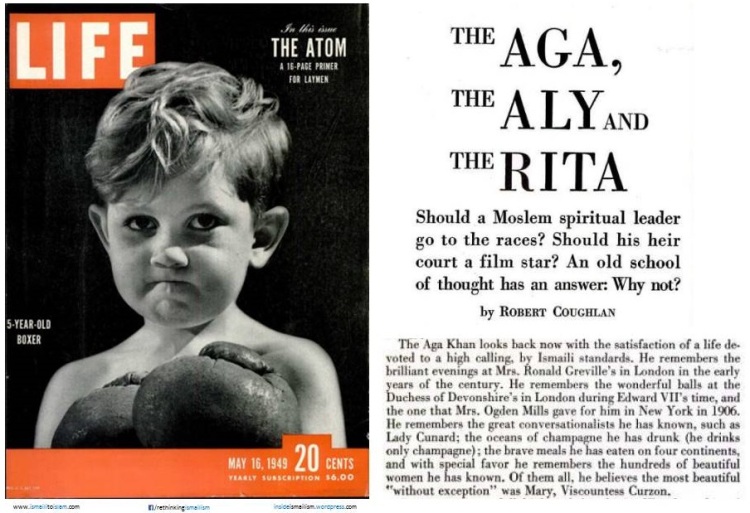
Introduction
Ginans (devotional songs in Indian languages) are the basis and foundation of Ismailism. Disputing the pre
aching of a Ginan by a Ismaili would be similar in significance to the contradiction of the teachings of the Quran by a believing Muslim. Any study of the Ismaili Tariqah, without the study of the origins...













